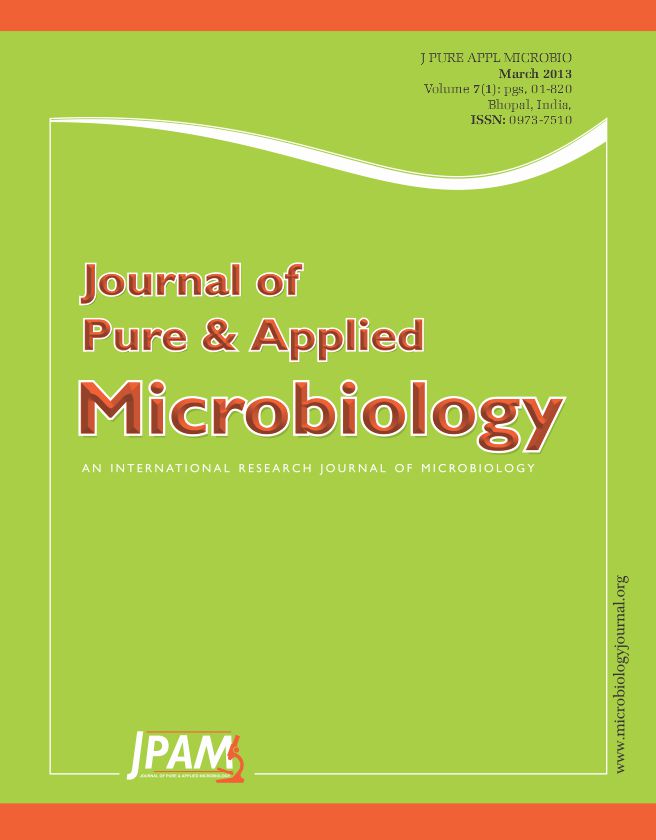The ecological rehabilitation engineering out of the coastal mudflat ecosystem was accomplished principally by virescence. However, the lack of proper soil resources for reformation of the coastal mudflat ecosystem was the primary difficulty. Usually purchasing farmland planted soil from surrounding areas, this approach not only destroy the ecological environment in the pristine soil area, but also have higher cost. Combining with the bay mud, caustic sludge and fly ash and other solid wastes resources that abound in the surrounding environment of the wetland system was more suitable for the growth of plants when appropriate proportion with its mixture. In this paper, tracking and survey research on microbial properties was carried out on a new soil substrate composed by three solid wastes. The results found that the new soil substrate was a good substrate suitable for plant growth. The new soil substrate in mudflat wetlands system included rich in nitrogen organic debris and in positive decomposition. The new soil substrate is conducive to the coordination of the synthesis and decomposition of organic matter in the soil. Microorganism quantity, intensity of biochemistry had a significant negative correlation with soil salinity and it had significant positive correlation with soil organic matter content, which indicated that reducing salt and increasing the organic matter content of the soil substrate was the key to the improvement of mudflat wetlands system.
Wetlands, soil substrate, microorganism, nutrients
© The Author(s) 2014. Open Access. This article is distributed under the terms of the Creative Commons Attribution 4.0 International License which permits unrestricted use, sharing, distribution, and reproduction in any medium, provided you give appropriate credit to the original author(s) and the source, provide a link to the Creative Commons license, and indicate if changes were made.


